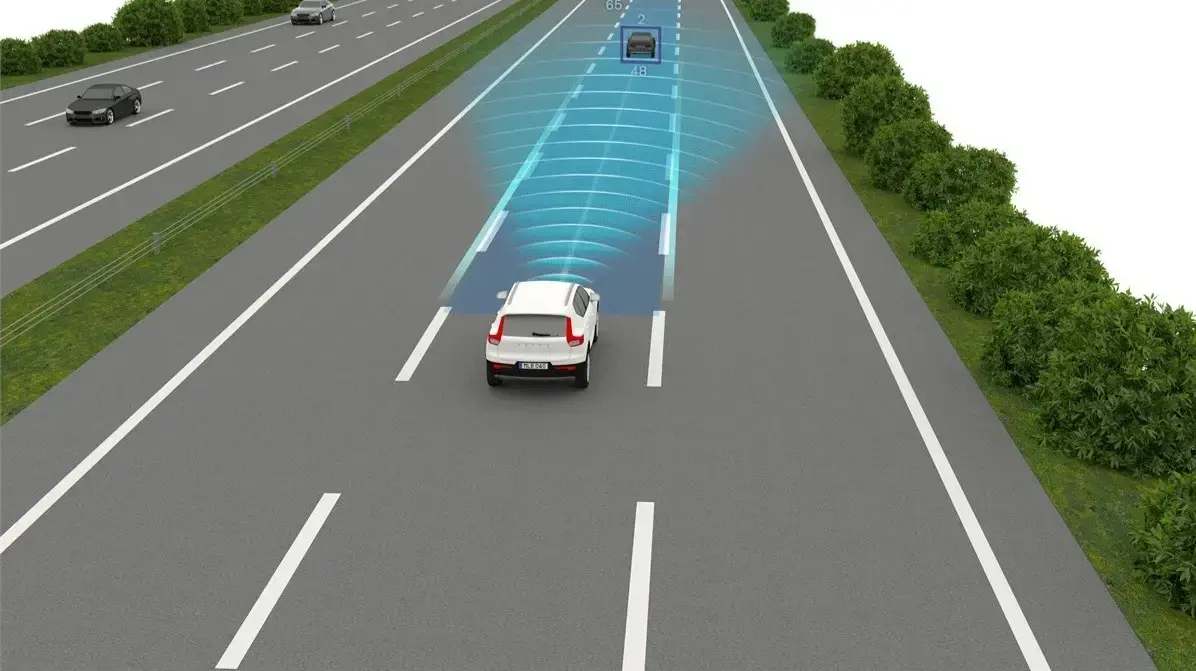Enlarge image
Still with a driver:
Tesla boss
Elon Musk
on the way to the works construction site in Grünheide in mid-May
Photo: ODD ANDERSEN / AFP
The US electric car manufacturer Tesla has announced an innovation for its vehicles in North America. The models 3 and Y will be delivered there as the first version without radar sensors for partially automated driving, the company announced. "These will be the first Tesla vehicles to rely solely on camera vision and neural network processing to provide autopilot, fully autonomous driving and certain active safety features."
The transition to the new "Tesla Vision" system could lead to temporary restrictions in some of its driver assistance functions such as lane centering and parking assistance. For example, the lane departure warning system now only works with a greater minimum distance and a maximum speed of 75 miles per hour (around 120 km / h). However, after a few weeks, these functions would be made available again in the usual quality via a software update. Models 3 and Y were chosen for this trial because of their higher sales. This allows the company to collect data more quickly in order to optimize the system and later also offer it in the rarer S and X models.
Tesla boss
Elon Musk
(49) announced in March that it would soon be dispensing with radar sensors, which can detect objects that are further away than cameras.
Instead, he relies on "Pure Vision": Tesla should rely exclusively on camera images and their interpretation by algorithms for autonomous driving.
This artificial intelligence has to be developed so well that the car makes decisions just as well as a human driver, even in rare risk cases.
After all, the road system was developed for optical recognition, argues Musk.
The new Tesla software for three-dimensional, dynamic image recognition, which has been tested in North America since last autumn, should help.
Jump from level 2 to level 5 this year?
Musk had often expressed himself negatively about further technical aids. He would not even take lidar sensors that work with laser beams "for free". Many consider this technology to be a prerequisite for fully autonomous driving. The Alphabet subsidiary Waymo, which is the leader in robotics, relies on lidar, regardless of the currently still high hardware costs. Tesla even believes that collecting map data is unnecessary.
Tesla has come under repeated criticism from US regulators in recent months for accidents related to its autopilot system.
The system reacts badly in unforeseen situations.
The marketing term "autopilot" is also misleading because it could tempt drivers to let the software, which is actually designed as a driver assistance system, control the vehicle.
With the current version, Tesla is going even further: the name FSD stands for "Full Self-Driving", i.e. fully autonomous driving at level 5, where no human intervention is necessary.
Tesla wants to reach this level this year and thus make a radical leap from the currently possible level 2.
ak / Reuters






